
By Daniel Hernandez
After 10 years of working to establish a student-run publication at Riverside City College, a new era came to fruition in 1932 with the hiring of a former alumnus: Robert Patton.
Between 1922 and 1932, both the Tequesquite — a year book — and the student newspaper were only considered extra-curricular activities. Unlike today, there were no journalism classes that taught students the rules and ethics of being a reporter..
However, this all changed at RCC with the arrival of Patton.
Within the first year of his tenure, a class in practical newspaper reporting was added and he became the adviser to both publications. While not much information can be found about what the class taught, its influence on the student publications was admired by the author of “A 65 Year History” and within the articles published in the subsequent years.
His mentorship came at the perfect time for the paper. Between the end of the Great Depression and the beginning of World War II, the RCC community became more involved in state, national and international affairs — including the student-journalists at The Arroyo.
Fortunately for Riverside, the Great Depression did not impact the college or the city like it did the rest of the United States. It was, however, the catalyst for the community’s interest in the politics of the era.
The first signs of political interest at RCC began in 1932 when The Arroyo held a straw poll vote for the upcoming presidential election. The polls indicated that the college students were in favor of the reelections of Republican presidential candidate, Herbert Hoover, and California senator, Republican candidate Tallant Tubbs. It solidified that the college was still staunchly Republican in ideology.
During that same time period, The Arroyo also reported about a speech held in Riverside by an outspoken Socialist at the time named Upton Sinclair. The reporter called him interesting and elaborated on how the audience felt as if his ideals were the only for economic freedom.
The threat of war looming over RCC also affected the college paper, which had articles discussing the potential of going to war as early as 1936. They reported on a “peace plebiscite” where respondents refused (21%) to go to war or agreed only if the U.S. was invaded (45%).
In the following years, the paper would continue to publish editorials, profiles and news articles all relating to World War II.
The publications did not only cover political affairs. It also covered RCC’s growth as a college.
The student-journalists at The Arroyo were proactive in reporting on the campus’ growth, documenting almost each and every new developmental project occurring within its borders.
From the Lovekin Art Center in 1939 to the addition of a pipe organ within the Auditorium, the program was proactive in documenting the college’s growth.
Overall, the paper thrived with the arrival of Patton. His presence helped guide the student-journalists to be proactive with their reporting. “A 65 Year History” illustrates a typical front page as having 21 different items, concerning a variety of articles.
The Arroyo’s golden age, however, would seemingly end around the beginning of the 1940s.


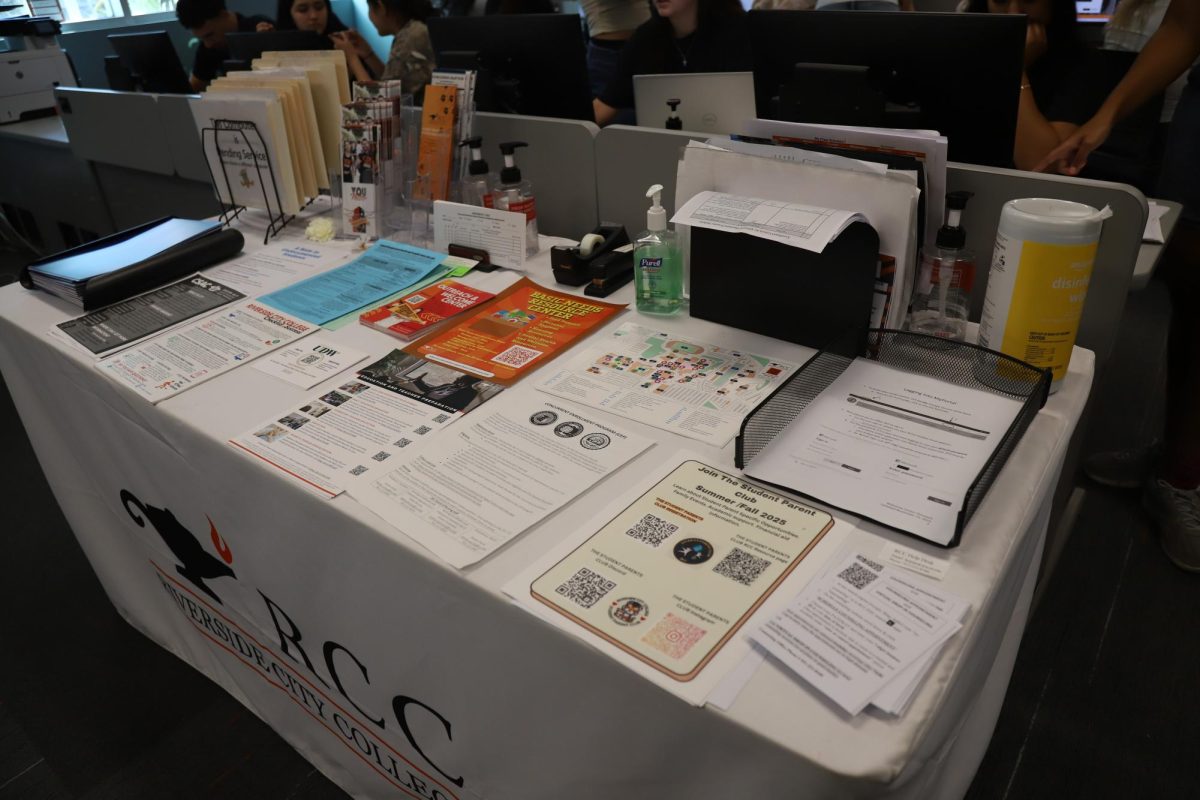
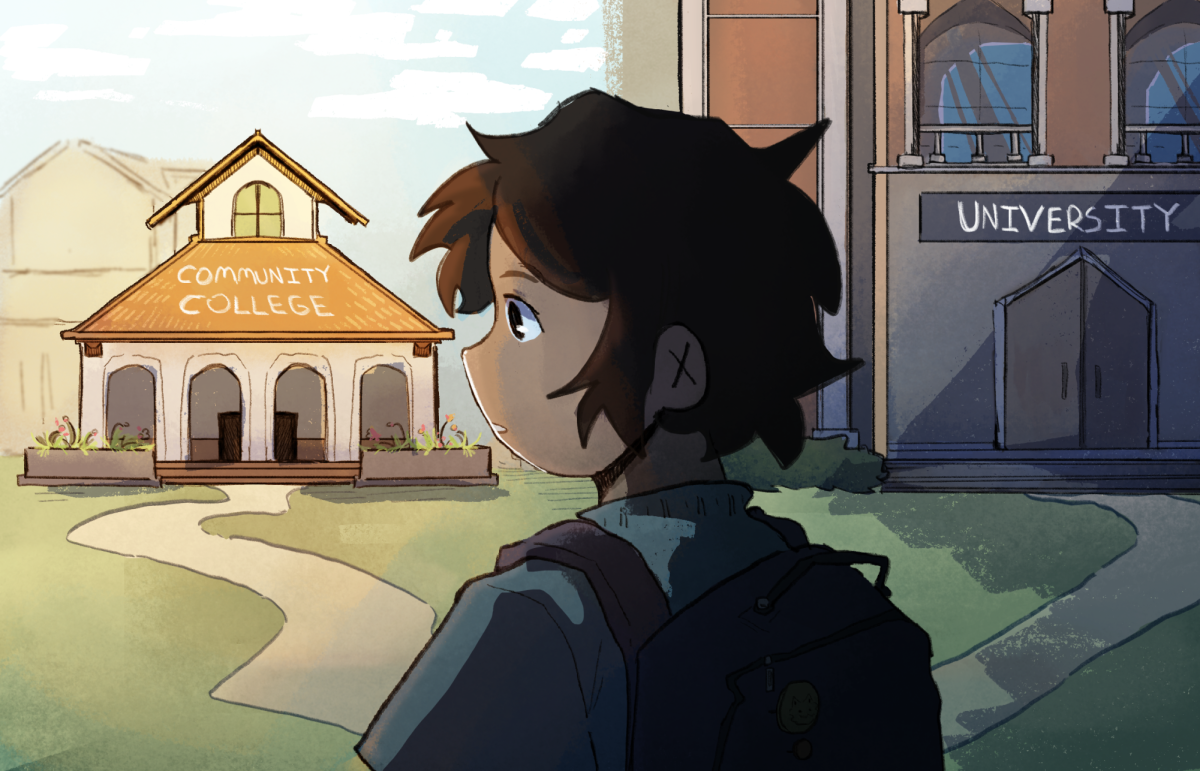
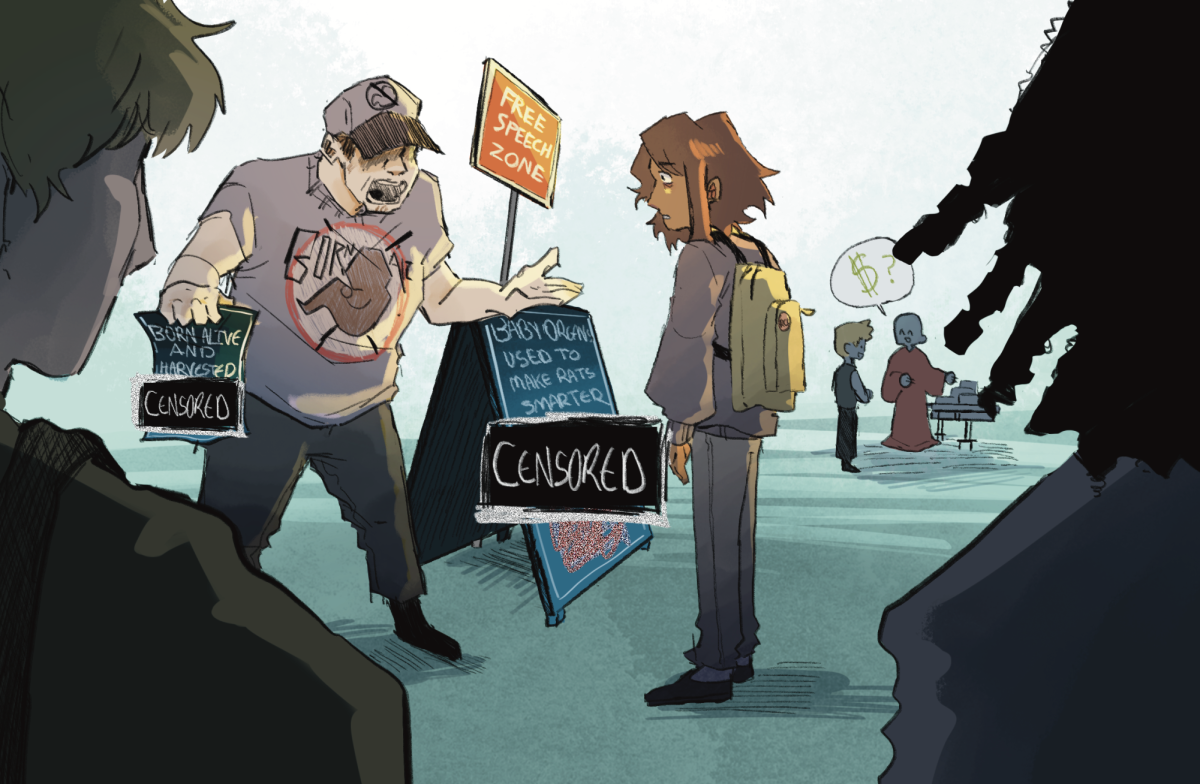
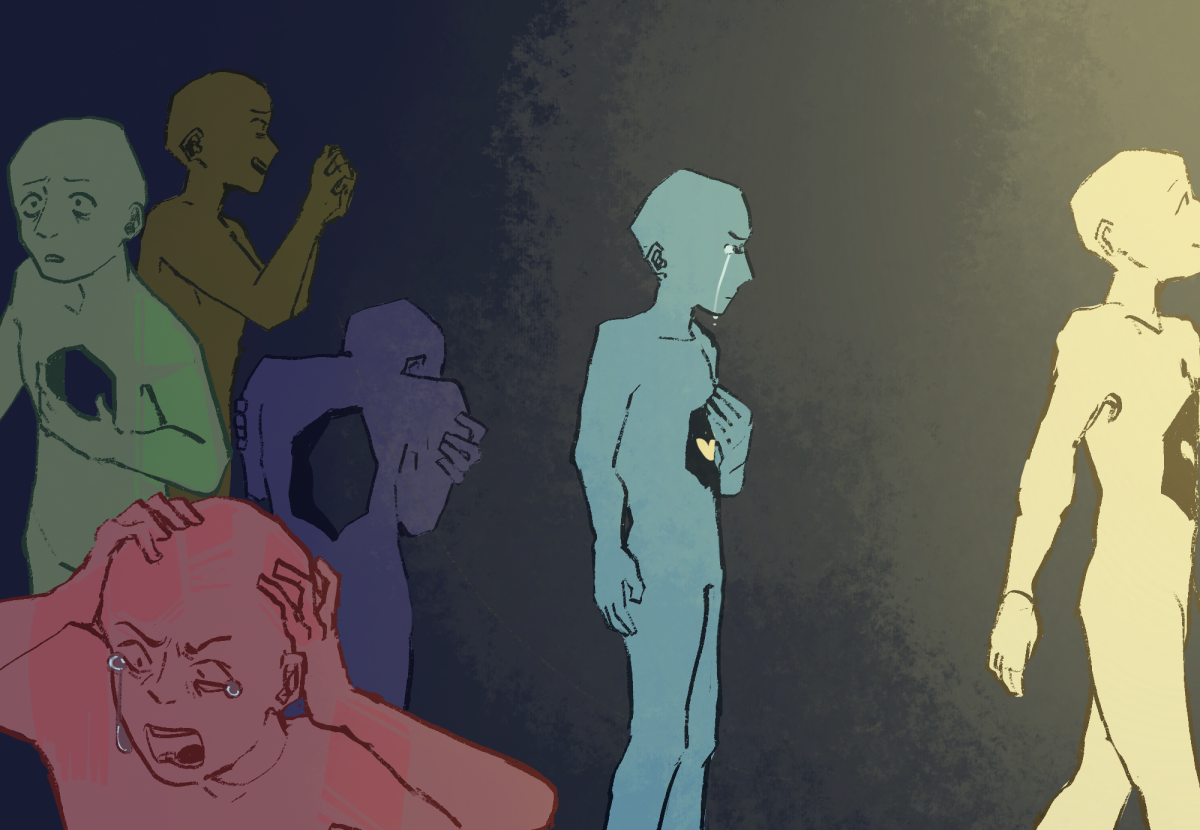

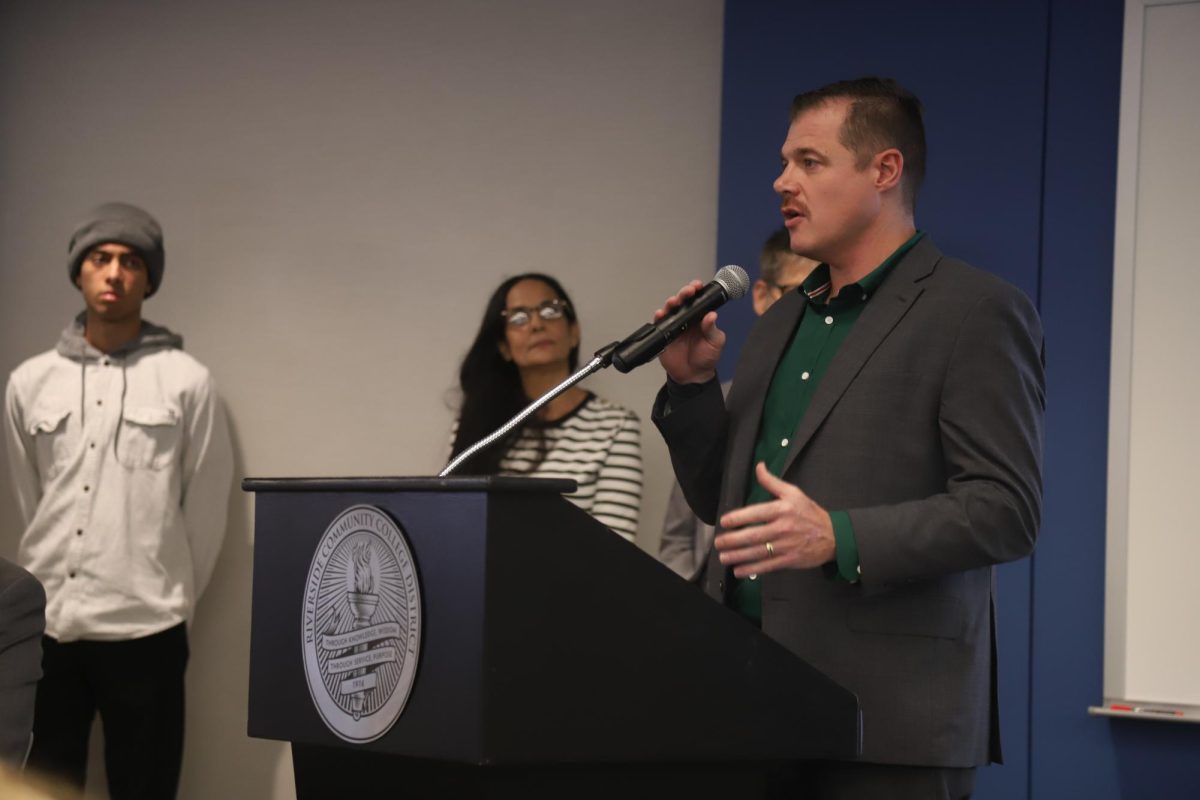
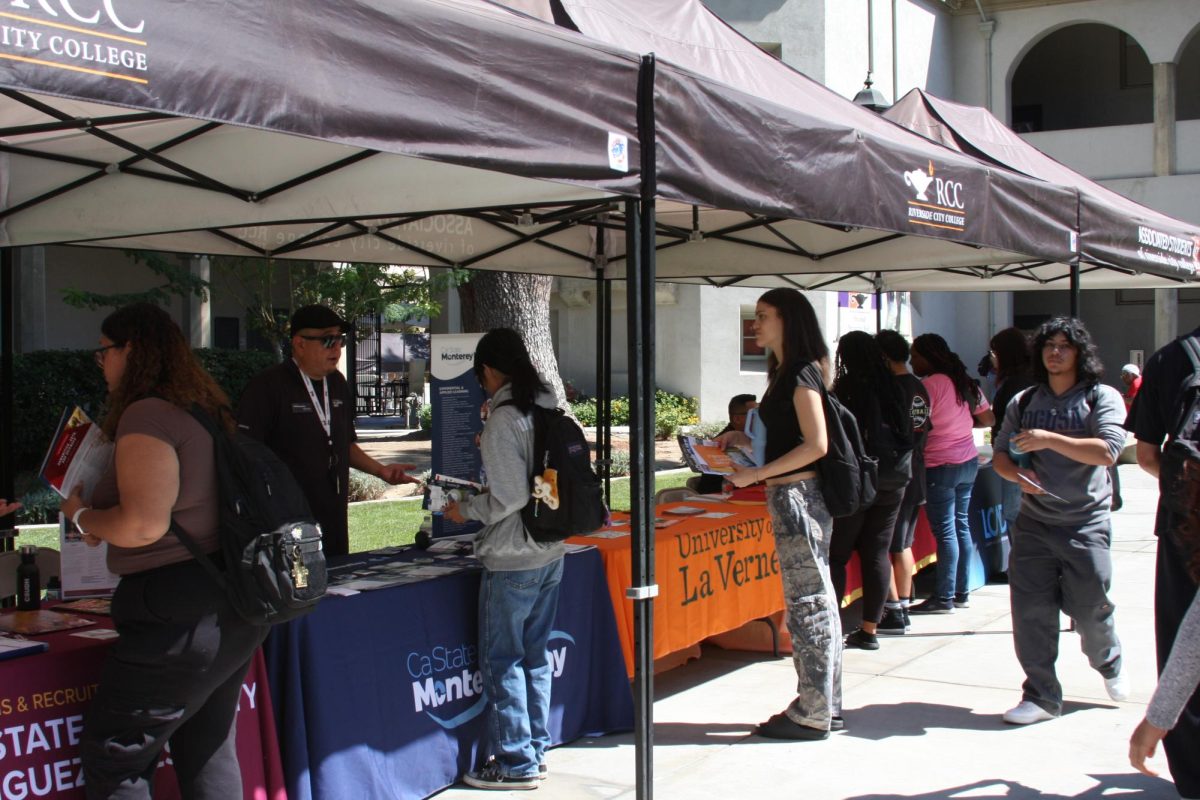
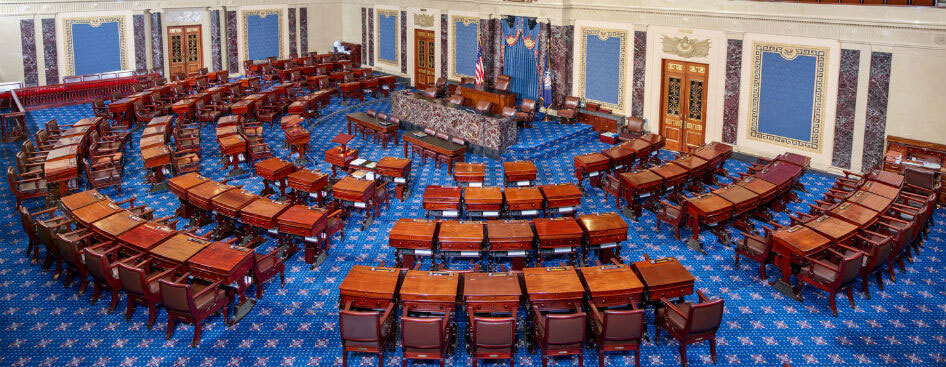
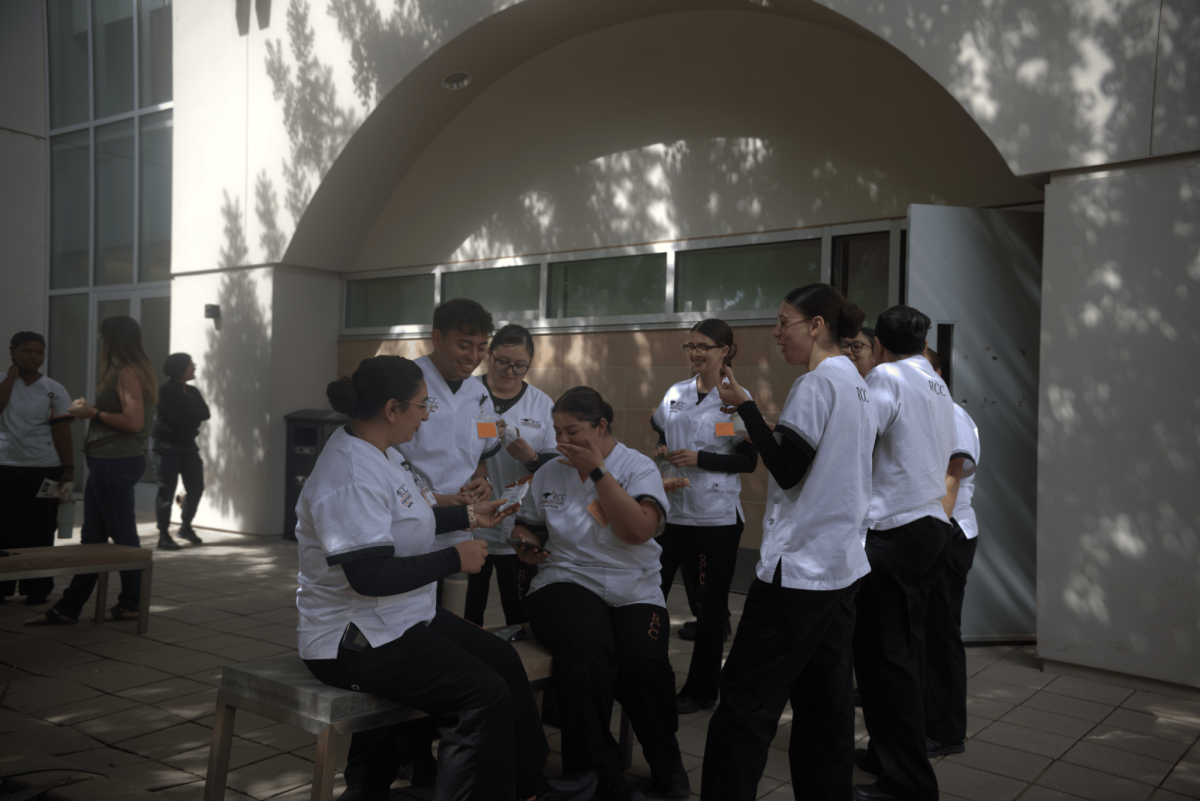
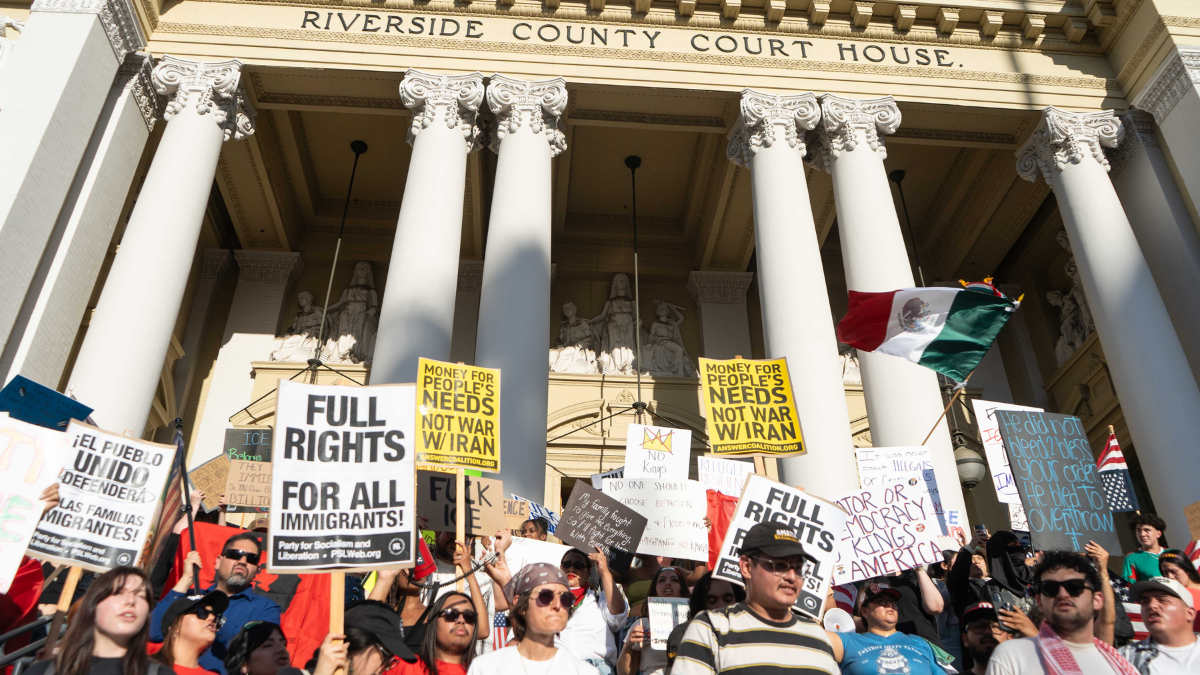
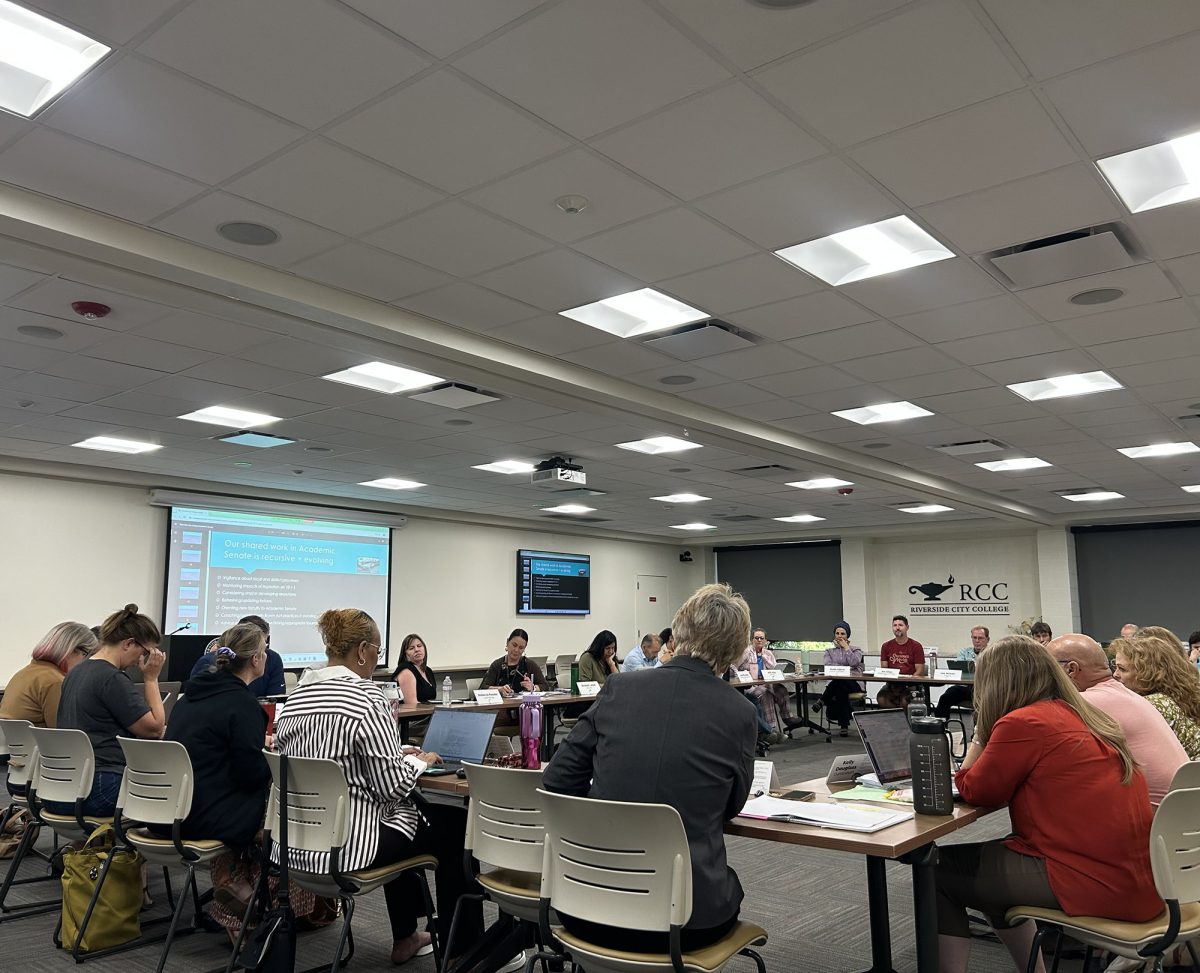

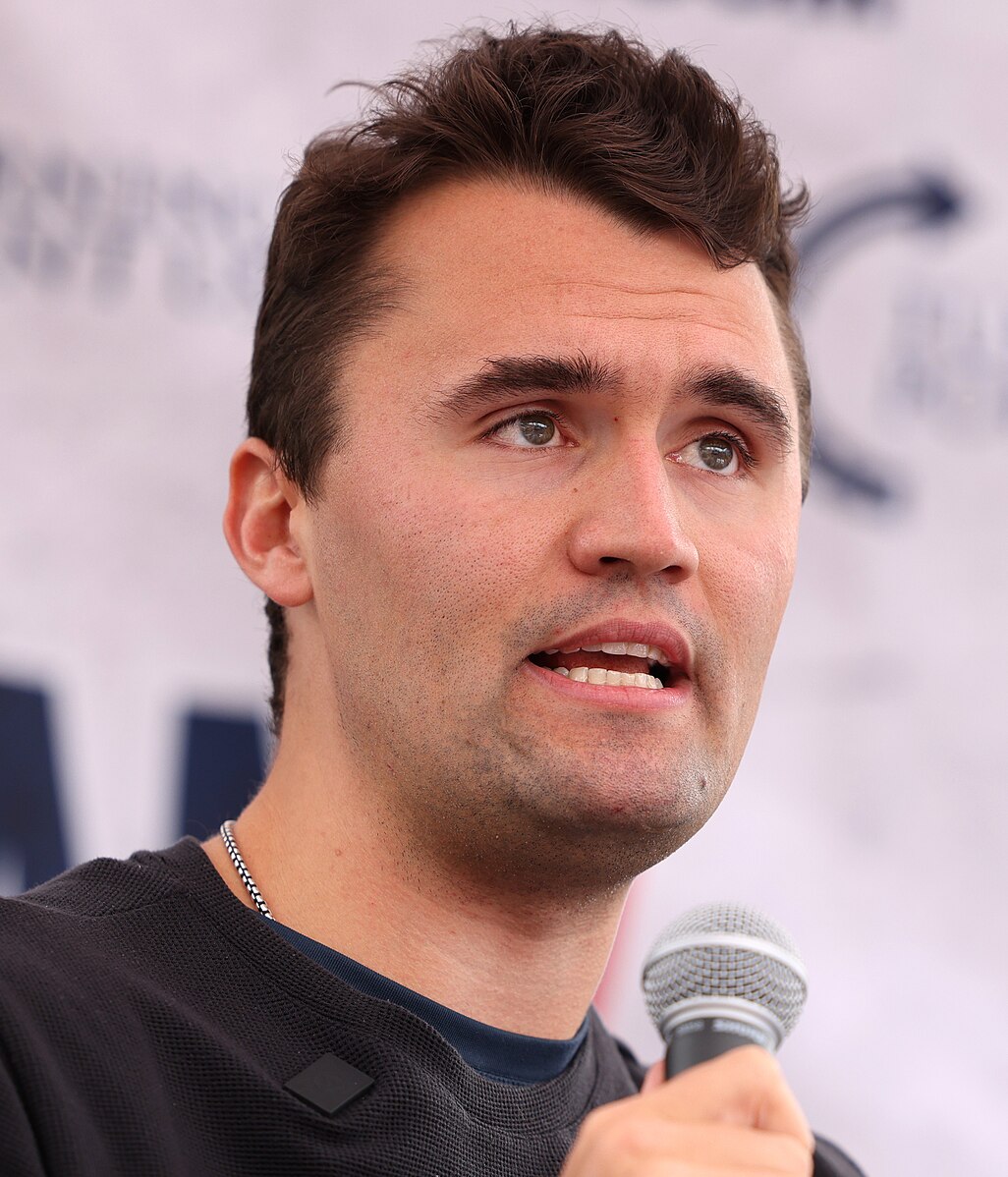
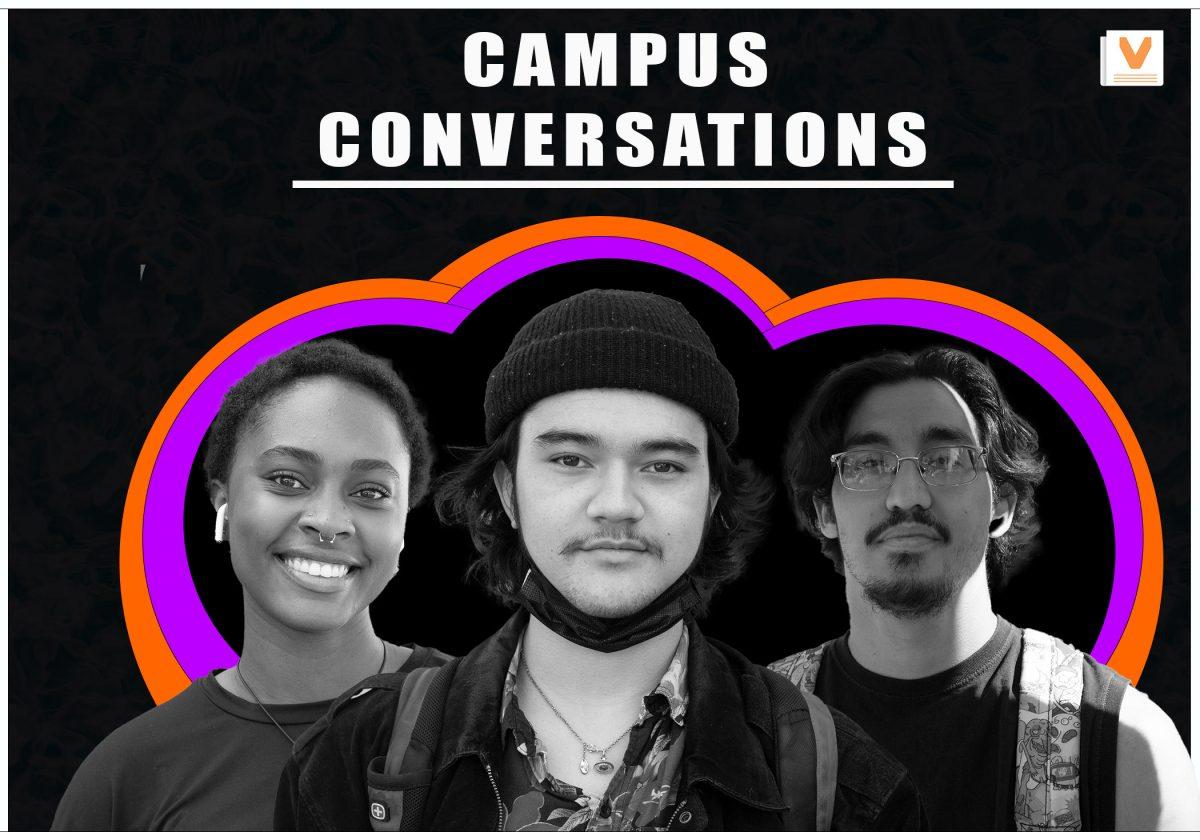


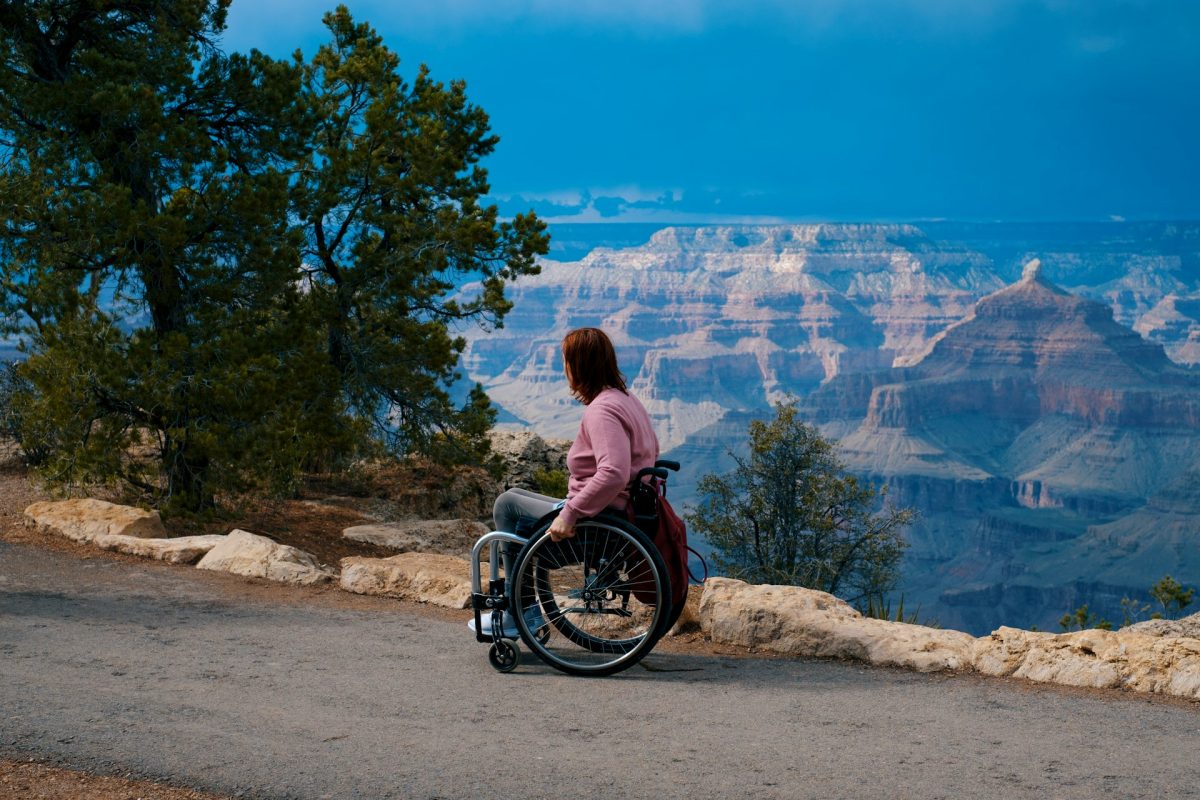
Armando Castro • Oct 3, 2021 at 2:09 pm
The room shown in the photo still exists in the Quadrangle. I believe it is now a faculty office and is either Quad #200 or 201.